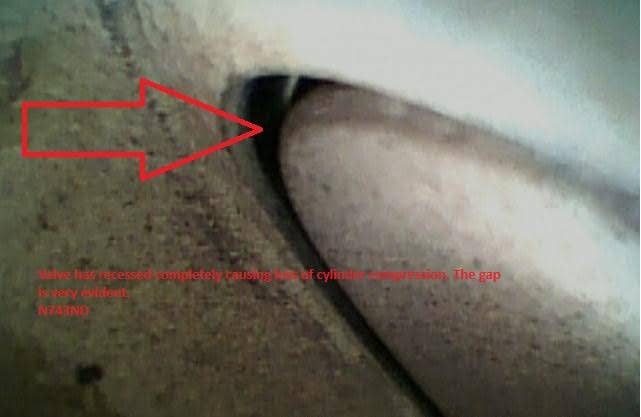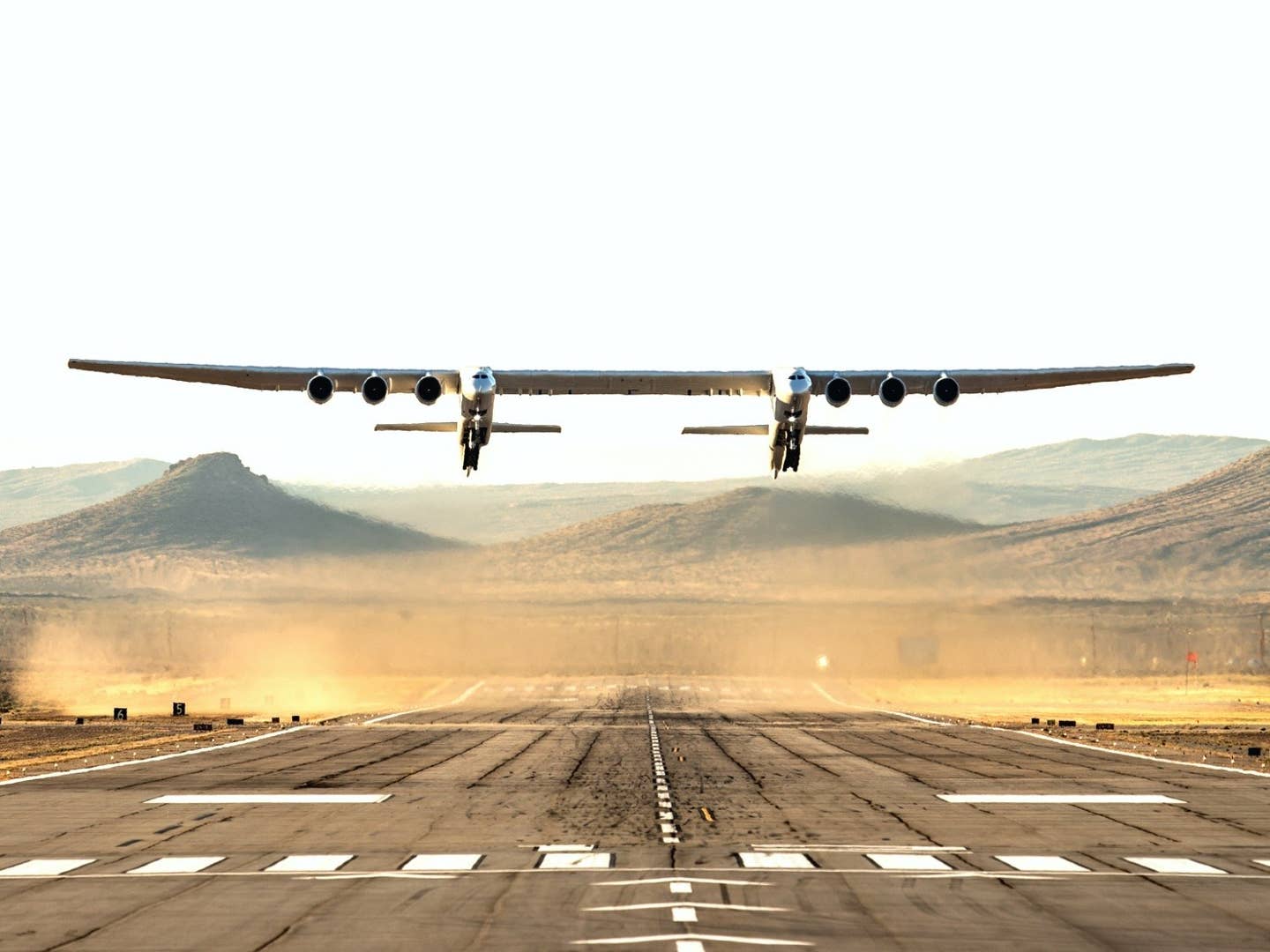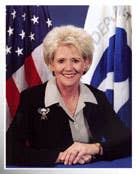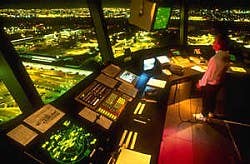Bush Plane Legends Come Back
Decades after they were discontinued to make way for more modern designs, the legendary de Havilland Beaver and Otter bush planes could soon resume production. Beaver Aircraft Canada has assumed the type certificate for the aircraft — as well as an amphibian called the Tri-Gull. The company is down to the short strokes in setting up a full-fledged manufacturing facility in a former truck factory in Kelowna, B.C. Service, engineering support and training will be done at the Vernon Regional Airport, about 35 miles from the factory. “It will be a wholly-built B.C. plane,” said company spokesman Mark Sager. “We want it to be a real Canadian product.”
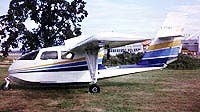
Canadian Company Plans To Build New Beavers, Otters...
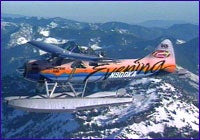 Decades after they were discontinued to make way for more modern designs, the legendary de Havilland Beaver and Otter bush planes could soon resume production. Beaver Aircraft Canada plans to build the historic aircraft -- as well as an amphibian called the Tri-Gull. The company is down to the short strokes in setting up a full-fledged manufacturing facility in a former truck factory in Kelowna, B.C. Service, engineering support and training will be done at the Vernon Regional Airport, about 35 miles from the factory. "It will be a wholly-built B.C. plane," said company spokesman Mark Sager. "We want it to be a real Canadian product." Sager, a Vancouver lawyer and businessman who owns three Beavers, said the idea to resume production was borne of a lopsided supply-and-demand ratio for the historic planes, which are sometimes considered to be the best bush planes ever built. Although there are many modern bush planes in production, the 50-year-old Otter (about 230 still flying) and Beaver (about 1100 still flying) designs continue to be hotly sought after. "I know from my own experience how hard it was to find a decent airplane," said Sager. Rebuilders search the world over for wrecks so they can obtain the certification plate and create a new aircraft around it. Sager said an Otter wreck was recently pulled out of the Ugandan wilderness for that precious plate. Assumption of the type certificates gives the company the right to build the aircraft from scratch to the same specifications as the originals.
Decades after they were discontinued to make way for more modern designs, the legendary de Havilland Beaver and Otter bush planes could soon resume production. Beaver Aircraft Canada plans to build the historic aircraft -- as well as an amphibian called the Tri-Gull. The company is down to the short strokes in setting up a full-fledged manufacturing facility in a former truck factory in Kelowna, B.C. Service, engineering support and training will be done at the Vernon Regional Airport, about 35 miles from the factory. "It will be a wholly-built B.C. plane," said company spokesman Mark Sager. "We want it to be a real Canadian product." Sager, a Vancouver lawyer and businessman who owns three Beavers, said the idea to resume production was borne of a lopsided supply-and-demand ratio for the historic planes, which are sometimes considered to be the best bush planes ever built. Although there are many modern bush planes in production, the 50-year-old Otter (about 230 still flying) and Beaver (about 1100 still flying) designs continue to be hotly sought after. "I know from my own experience how hard it was to find a decent airplane," said Sager. Rebuilders search the world over for wrecks so they can obtain the certification plate and create a new aircraft around it. Sager said an Otter wreck was recently pulled out of the Ugandan wilderness for that precious plate. Assumption of the type certificates gives the company the right to build the aircraft from scratch to the same specifications as the originals.
...Original Jigs And Drawings Preserved...
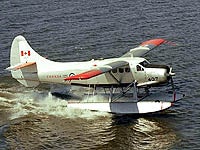 A key component of the plan is the inclusion in the project of Viking Air, of Victoria, B.C. Viking rescued the original de Havilland production jigs and drawings in 1983. Since then, Viking has used the jigs to manufacture parts for the original aircraft and to reconstruct wrecked Beavers and Otters. Viking is also one of the leading modifiers of Beavers and Otters. One of the most popular retrofits is replacement of the original radial engines with modern turboprops. In fact, "new" Otters will only be available with turbine power. New Beaver owners will have a choice. Tri-Gulls will have turbine power only and will be aimed more at the recreation market. Of course, the aircraft will be available with all the avionics and comfort options offered in modern aircraft like autopilot, electric trim, GPS/Nav/Com as well as digital systems monitors. All that makes the airplanes more comfortable and pleasant to fly but it's the performance and carrying capacity that keep them in demand. The Beaver, first built in 1947, was among the first true STOL designs and its ability to get a heavy load in and out of short, rough wilderness strips quickly established its reputation. The Otter is basically a bigger version of the Beaver, with similar STOL abilities. But there's a reason you've never seen either aircraft racing at Reno. Even with 600 hp up front, they lumber along at about 110 knots.
A key component of the plan is the inclusion in the project of Viking Air, of Victoria, B.C. Viking rescued the original de Havilland production jigs and drawings in 1983. Since then, Viking has used the jigs to manufacture parts for the original aircraft and to reconstruct wrecked Beavers and Otters. Viking is also one of the leading modifiers of Beavers and Otters. One of the most popular retrofits is replacement of the original radial engines with modern turboprops. In fact, "new" Otters will only be available with turbine power. New Beaver owners will have a choice. Tri-Gulls will have turbine power only and will be aimed more at the recreation market. Of course, the aircraft will be available with all the avionics and comfort options offered in modern aircraft like autopilot, electric trim, GPS/Nav/Com as well as digital systems monitors. All that makes the airplanes more comfortable and pleasant to fly but it's the performance and carrying capacity that keep them in demand. The Beaver, first built in 1947, was among the first true STOL designs and its ability to get a heavy load in and out of short, rough wilderness strips quickly established its reputation. The Otter is basically a bigger version of the Beaver, with similar STOL abilities. But there's a reason you've never seen either aircraft racing at Reno. Even with 600 hp up front, they lumber along at about 110 knots.
...Company Says Market Is There
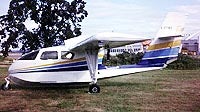 Anyone in aviation knows the terrible economic state of the industry, particularly the manufacturing sector, but Beaver Aircraft Canada is unfazed by the current doldrums. "Everything is cyclical," said Sager. He said prototype, flight testing and certification will take about three years and that's when many industry analysts predict recovery. The company is predicting sales of about 700 Beavers and Otters in the first seven years of operation and almost as many Tri-Gulls. The Beaver will cost about $900,000 U.S., the Otter about $1.05 million and the Tri-Gull $400,000. "We have a very tight niche market," he said. He anticipates steady demand for the aircraft. Sager said the company is nearly ready to start up. Despite support from the federal and local governments, Sager said the British Columbia government has been slow to embrace the concept. He said the company isn't looking for any government money directly but it is asking the province to establish post-secondary courses at local colleges to train the production, repair and service employees it will need to create the business. In Canada, the provinces have the responsibility for education programs. A decision is expected within a week. If the training programs are turned down, he said the operation might be moved to Quebec, where generous incentives have already been offered.
Anyone in aviation knows the terrible economic state of the industry, particularly the manufacturing sector, but Beaver Aircraft Canada is unfazed by the current doldrums. "Everything is cyclical," said Sager. He said prototype, flight testing and certification will take about three years and that's when many industry analysts predict recovery. The company is predicting sales of about 700 Beavers and Otters in the first seven years of operation and almost as many Tri-Gulls. The Beaver will cost about $900,000 U.S., the Otter about $1.05 million and the Tri-Gull $400,000. "We have a very tight niche market," he said. He anticipates steady demand for the aircraft. Sager said the company is nearly ready to start up. Despite support from the federal and local governments, Sager said the British Columbia government has been slow to embrace the concept. He said the company isn't looking for any government money directly but it is asking the province to establish post-secondary courses at local colleges to train the production, repair and service employees it will need to create the business. In Canada, the provinces have the responsibility for education programs. A decision is expected within a week. If the training programs are turned down, he said the operation might be moved to Quebec, where generous incentives have already been offered.

